A charge q is removed from A to B in the region of a fixed ideal dipole P find the work done on the charge (Assume gravity free space )
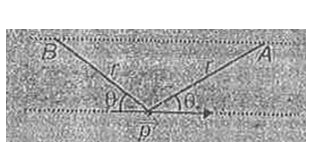
W=ΔU=qpcos(π−θ)4πε0r2−qpcosθ4πε0r2
=−2pqcosθ4πε0r2=pqcosθ2πε0r2
Similar Questions
Find the work done in taking a charge 100μC from C & D.
View SolutionA charge is moved in an electric field of a fixed charge distribution from point A to another point B slowly. The work done by external agent in doing so is 100J. What is the change in potential energy of the charge as it moves from A to B ? What is the work done by the electric field of the charge distribution as the charge moves from A to B ?
View SolutionA charge is moved in an electric field of a fixed charge distribution from point A to another point B slowly. The work done by external agent in doing so is 100J . What is the change in potential energy of the charge as it moves from A to B ? What is the work done by the electric field of the charge distribution as the charge moves from A to B ?
View SolutionCharges +q and −q are located at the corners of a cube of side as show in the figure. Find the work done to separate the charges to infinite distance
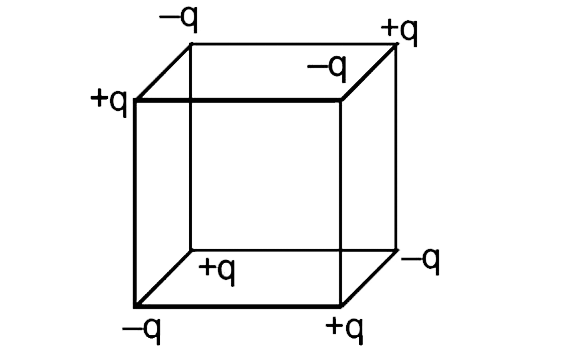 View Solution
View SolutionAssume the gas to be ideal, the work done on the gas in taking it from A to B is
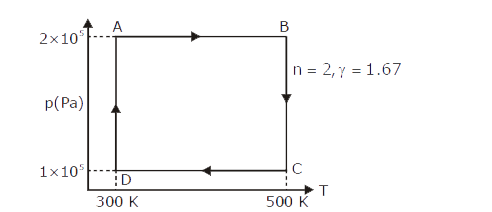 View Solution
View SolutionA point charge is taken from a point A to a pint B in an electric field. Does the work done by the electric field depend on the path of the charge ?
View SolutionA charge q is moved from a point A above a dipole moment p to a point B below the dipole on equatorial plane without acceleration. Find the work done in the process.
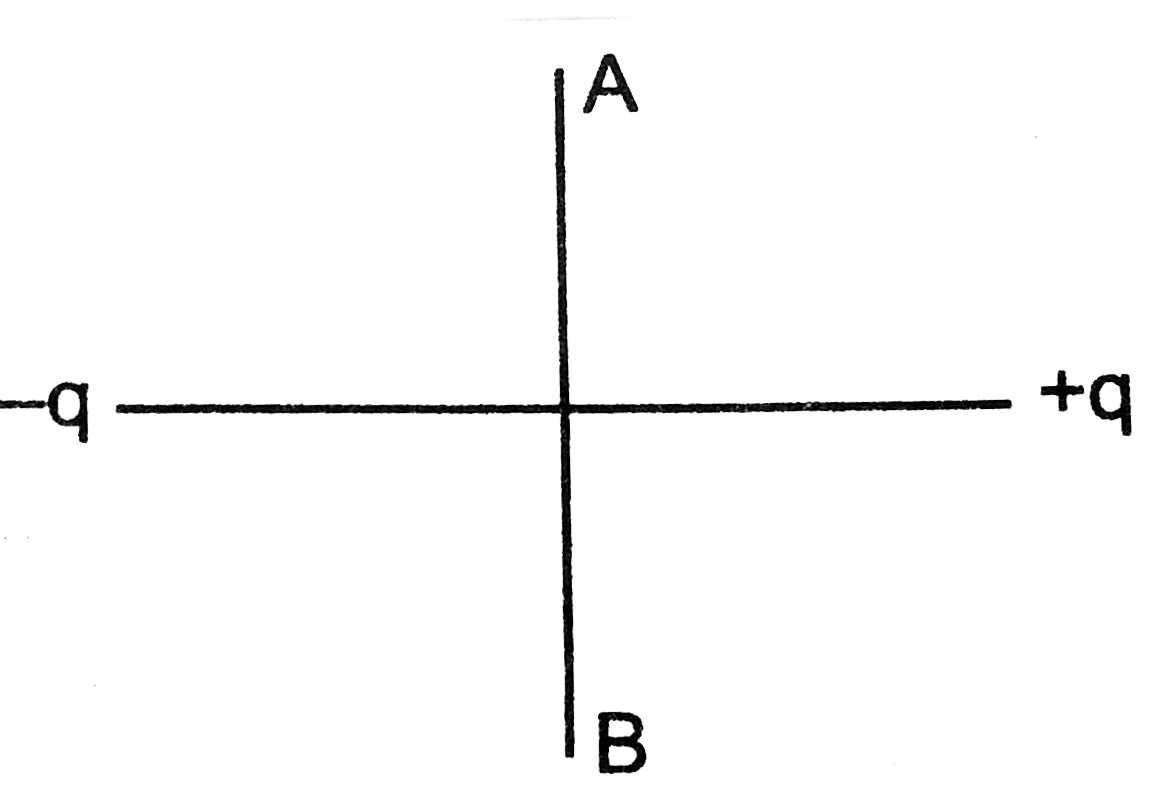 View Solution
View SolutionA charge +q is carried from point A(r,135∘) to point B(r,45∘) following a path, which is a quadrant of circle of radius r ( Fig. 3.97). If the dipole moment is P, find the work done by the external agent (assume short dipole).
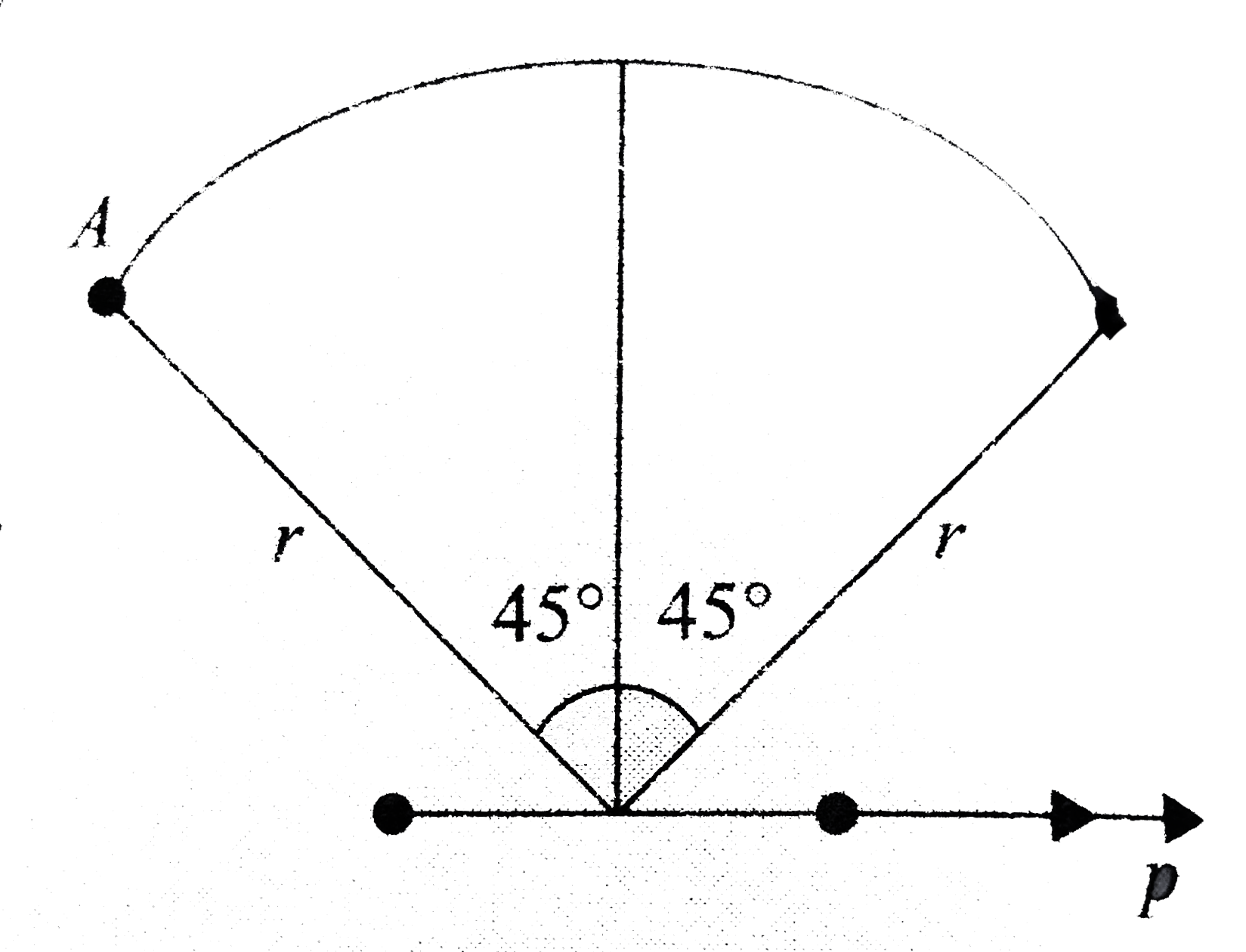 .View Solution
.View Solutiona. A circle is drawn with center as a charge +q. What is the work done in moving a charge +q from B to C along the circumferebce of the circle ?
B In the above question, if the charge +q is first taken from B to A and then from A to C, on which path is the magnitude of work greater?
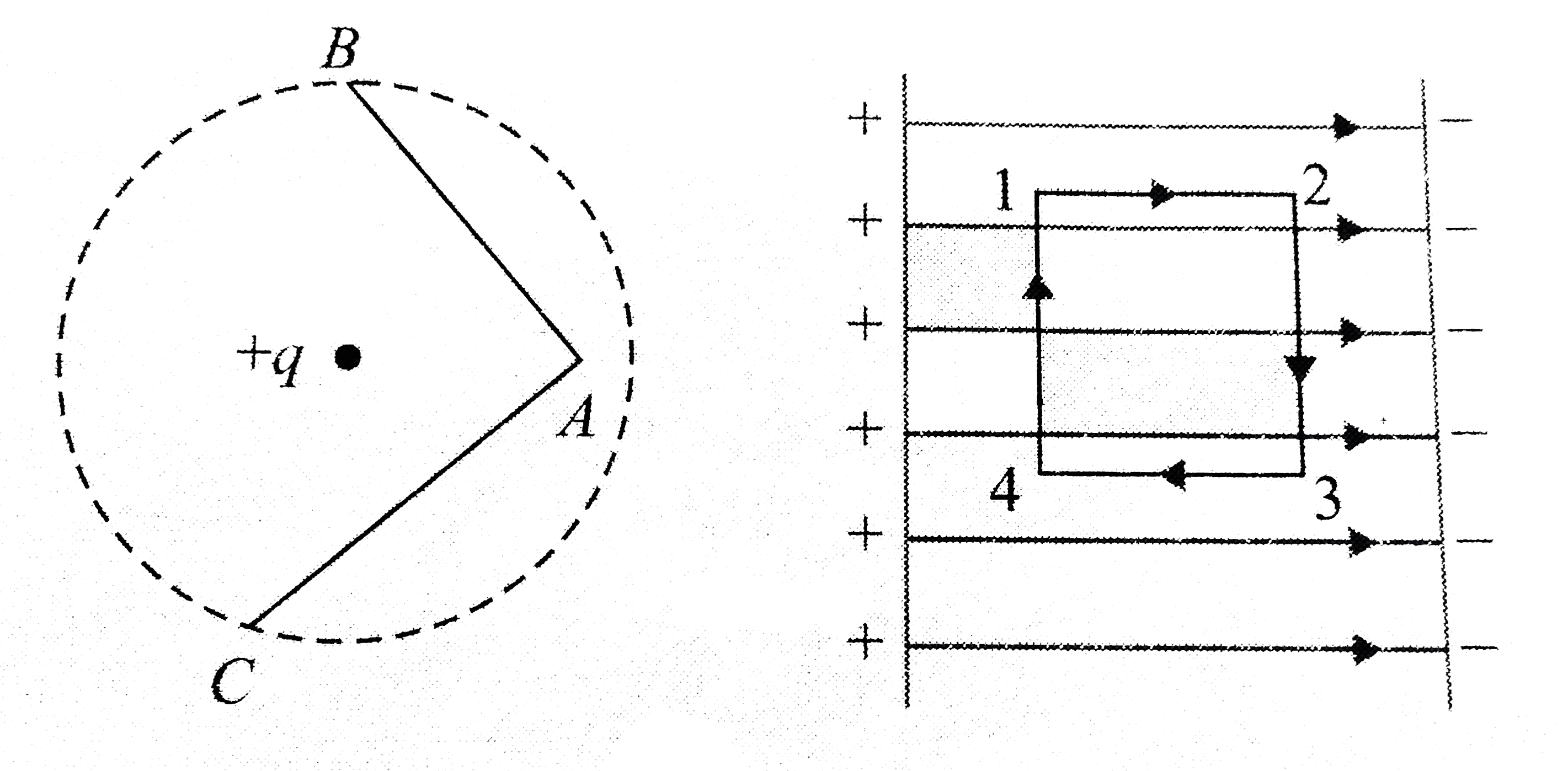 View Solution
View SolutionA charge (−q) and another charge (Q) are kept at two points AandB respectively. Keeping the charge (+Q) fixed at B, the charge (−q) at A is moved to another point C such that ABC forms an equilateral triangle of side l. The net work done in moving teh charge (−q) is
View Solution


